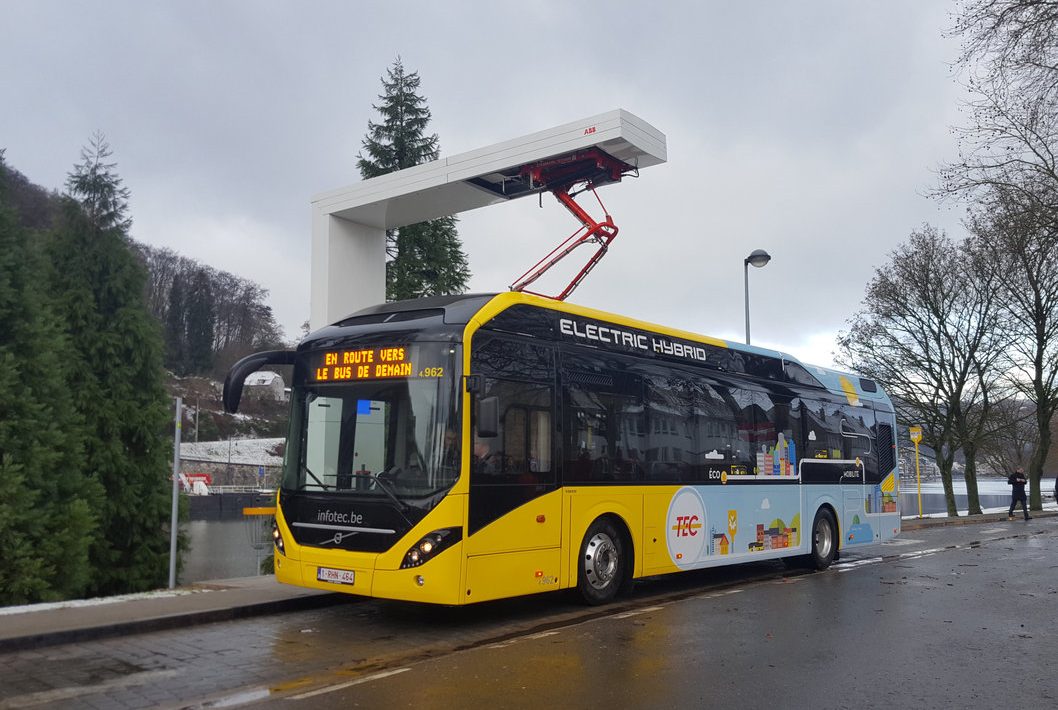
The UK is well-equipped to become the pioneer of the electrification of its public transport, as stated by the president of Volvo Buses back in 2016. He also revealed that Volvo has collaborated with Siemens, the world’s biggest giant in the energy-efficient infrastructure, for the smooth transitioning to the electrification of buses. Electric mobility is really the future of transport, but the biggest issue was the need for stakeholders to become a part of the equation. As electric supply and infrastructure both needed to be placed to make it possible, the operators, councils, and utilities all got involved in the process. The government has started the transformation process with its capital, which also happens to one of the busiest cities.
The Government pledged £50m for creating a fully electric bus network in London. For that matter, all the new buses, particularly the double-deck ones, are going to be electric, hybrid, or hydrogen-powered. According to the plan, central London would have hybrid double-deck buses by 2019 and by 2020; even the single deck ones would emit zero emissions. The plan will ensure that all the buses across London, i.e. 9,200, would be zero-emission by 2037.

Why the UK has started using Hybrid Buses?
The biggest reason behind this transformation is the eco-friendly nature of the hybrid/electric buses. For instance, if a town has 200 electric buses, then it can easily cutbacks its CO2 emissions by almost 7,400 tons every year. According to the Department of Transport, this equates to taking around 3,700 diesel cars off the road. Buses are the fourth biggest carbon emitter currently as each passenger emits 104g of CO2 per km travelled.
Another step the government takes to make the buses greener is to promote more people to use them. Bus usage has reduced by 7% in just the past decade. For that matter, the government is trying to improve the services by addressing the complaints and concerns of the citizens. The chief concern being the lack of regularity. Besides the £50m electric bus scheme, the government has also promised a further £170m for improving the services.
A hybrid bus couples two sources of power in the drive train of the vehicle, an electric motor and a diesel engine. The hybrid system is the enabler if the energy through regenerative braking. There are many types of hybrid architectures, including parallel, series, micro-hybrid, and flywheel. These systems can be used with the choice of energy storage, from chemical batteries to mechanical flywheels. The most common type of low emission bus technology that is being used in the UK is the Diesel Hybrid.

Challenges
The major challenges faced by the bus operators in the transition to hybrid buses so far are:
- Training of the maintenance staff.
- Training of the drivers for using the regenerative braking in the right way.
- Training of the fire department as these buses have different attendance criteria for emergencies.
- Restrictive operating environment.
- Pedestrians don’t pay as much attention to the buses due to their silent operation.
- The total cost, which would have been much higher if not subsidized by the government.
This is where MTC comes in with its various Hybrid Training and Hybrid Electrical Training courses. So, log on to our website at https://www.mottrainingcourses.com/and find out all about our outstanding courses designed for making the whole transition much effortless with the trained and skilled personnel. It is still a long road for the UK to fully transition to greener mobility, and we are playing our role in making it all possible efficiently.






